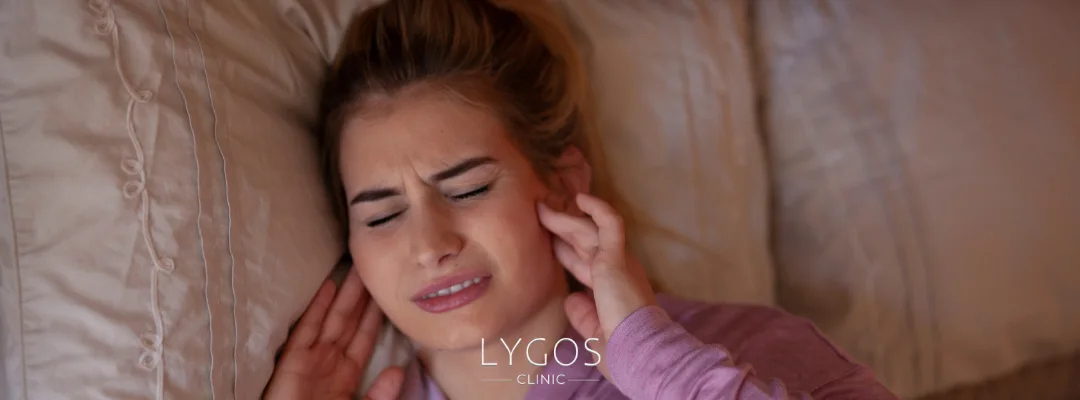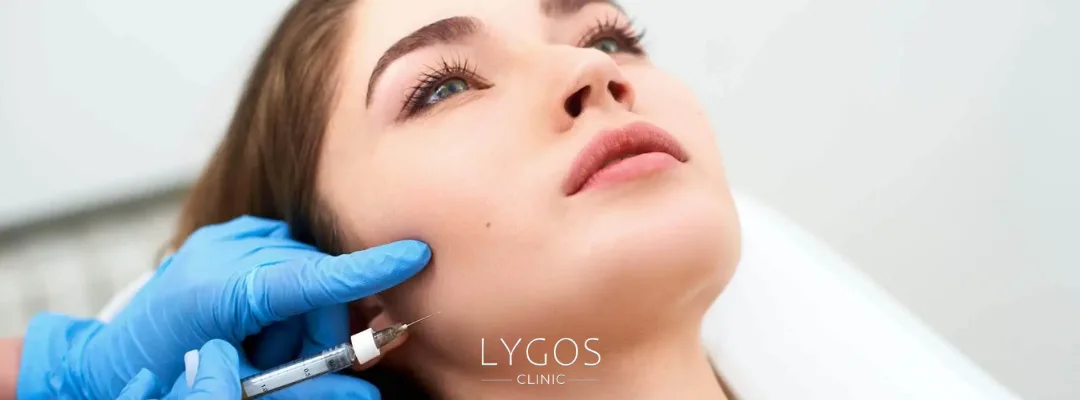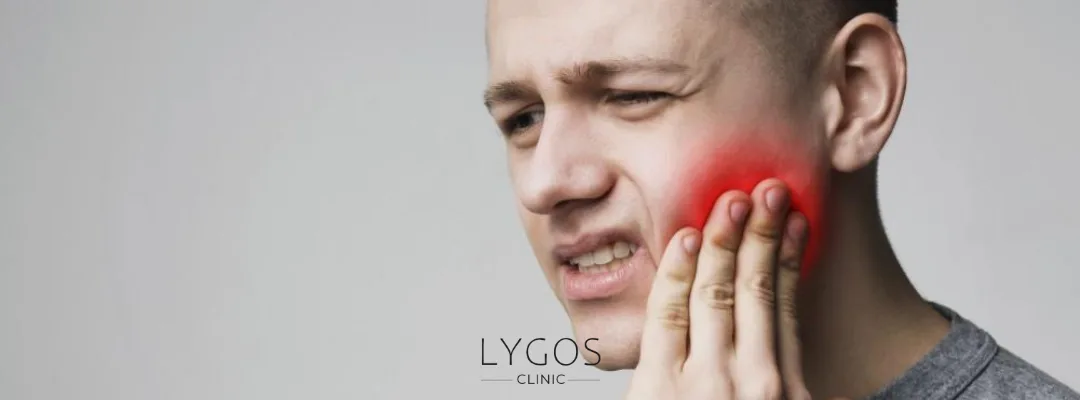The Use of Botox in the Treatment of Bruxism

Chose Your Topic
The Use of Botox in the Treatment of Bruxism
For many individuals suffering from teeth grinding and clenching, the use of Botox in the treatment of bruxism has become an increasingly popular option in recent years. Widely used across a range of fields from dentistry to aesthetics, Botox is an effective method preferred to relieve the pain and muscle stiffness caused by bruxism. So, what exactly is bruxism, what causes it, and how does Botox offer a solution in this process? Let’s dive into the details together.

What is Bruxism?
Bruxism is the condition where a person unconsciously clenches or grinds their teeth. It usually occurs during sleep, though it may also be observed during the day in some individuals. Mild bruxism often goes unnoticed. However, in advanced cases, problems such as tooth wear, jaw joint discomfort, headaches, and muscle pain can occur.
When traditional treatments do not yield sufficient results, the use of Botox in bruxism treatment stands out as an effective alternative. Botox injections temporarily relax the jaw muscles, preventing involuntary contractions and providing relief for the individual.
What Causes Bruxism?
There are many factors that can lead to bruxism. The most common causes include:
- Stress and Anxiety: Teeth clenching is common among individuals experiencing high levels of stress.
- Sleep Disorders: Conditions such as sleep apnea can trigger bruxism.
- Jaw and Tooth Structure: Misaligned teeth or bite disorders can be contributing factors.
- Genetic Predisposition: The risk increases in individuals with a family history of bruxism.
- Substance Use: Caffeine, alcohol, and certain medications can also exacerbate bruxism.
Considering these factors, Botox use in bruxism treatment is particularly successful in reducing stress-related muscle tension.

How is Bruxism Treated with Botox?
Botox treatment for bruxism is a quick and simple procedure. The Botox injection is usually applied to the masseter, a major chewing muscle that is highly active during teeth clenching.
The procedure typically includes the following steps:
- Initial Assessment: A specialist evaluates the patient's complaints and identifies the appropriate muscle areas.
- Preparation Stage: The area of application is sterilized, and local anesthesia may be used if needed.
- Botox Injection: Botox is injected into the identified areas with fine needles.
- Monitoring Effects: The effects of Botox begin within 3–7 days, with full results typically visible in about two weeks.
This non-surgical, painless method allows patients to return to their daily routines quickly, making Botox treatment for bruxism highly practical and comfortable.
How Long Does Botox Last for Bruxism?
The effects of Botox vary from person to person but generally last between 3 to 6 months. After this period, muscle activity gradually returns, and symptoms may reappear. For this reason, Botox treatment for bruxism must be repeated at regular intervals.
Specialists often schedule a follow-up visit three months after the initial treatment to determine whether a new application is needed. Over time, as the jaw muscles weaken, longer-term relief can be achieved.
Pros and Cons of Botox for Bruxism
Botox offers many benefits for treating bruxism, but there are also some aspects to consider.
- Advantages:
- Quick Results: Noticeable reduction in pain and muscle tension within the first week.
- Non-surgical: No need for invasive procedures; applied via injection.
- Immediate Return to Daily Life: Individuals can resume normal activities right after the procedure.
- Aesthetic Benefit: Over time, the masseter muscle may reduce in size, resulting in a slimmer and more refined facial appearance.
- Disadvantages:
- Temporary Effect: Botox is not a permanent solution; its effects wear off in a few months.
- Potential Side Effects: In rare cases, difficulty chewing or temporary muscle weakness may occur.
- Cost: It can be more expensive than traditional methods.
Considering these points, Botox for bruxism should be planned based on individual needs and expert evaluation.

Who is Eligible for Botox Treatment for Bruxism?
Botox is a viable treatment option for most people with bruxism complaints. However, there are specific cases where it may not be recommended.
- Suitable Candidates:
- Individuals suffering from long-term teeth grinding
- Patients who see no improvement despite using night guards
- Those experiencing jaw and head pain
- People who are bothered by a wide facial appearance and seek a more aesthetic look
- Unsuitable Candidates:
- Pregnant or breastfeeding individuals
- Those with muscular diseases (e.g., myasthenia gravis)
- People allergic to Botox
- Individuals preferring alternative treatments or with needle sensitivity
Bruxism is a serious condition that affects both physical health and quality of life. In addition to traditional approaches, the use of Botox in bruxism treatment stands out as a modern and effective method. The ease of application, quick results, and added aesthetic benefits make this method appealing to many.
Bruxism is a serious condition that affects both physical health and quality of life. In addition to traditional approaches, the use of Botox in bruxism treatment stands out as a modern and effective method. The ease of application, quick results, and added aesthetic benefits make this method appealing to many.
If you experience teeth grinding, jaw pain, or sleep disturbances and have not found relief from other treatments, consider consulting a specialist about Botox for bruxism. With the right treatment plan, you can take a step toward a healthier and more comfortable life.
The Use of Botox in the Treatment of Bruxism Frequently Asked Questions (FAQ)
Yes, when administered by a qualified professional, Botox is a very safe treatment for bruxism. It has been successfully used for years in both aesthetic and medical fields. However, as with any medical procedure, a professional evaluation is essential.
The effects of Botox are typically felt within 3 to 7 days after the injection. Full results are usually observed within about 2 weeks. This timing may vary depending on the individual's muscle structure and metabolism.
No, the procedure is generally very comfortable. It is performed with very fine needles, and most people only feel a slight pinch. A local anesthetic cream may be applied to numb the area if needed.
No, Botox is not a permanent cure. Its effects are temporary. However, with regular treatments, the jaw muscles can weaken over time, leading to long-term symptom relief. Repeated sessions may be needed for lasting results.
Yes, as the masseter muscle reduces in size, the face can appear slimmer and more oval. This aesthetic benefit makes Botox for bruxism particularly attractive to individuals with facial width concerns.



